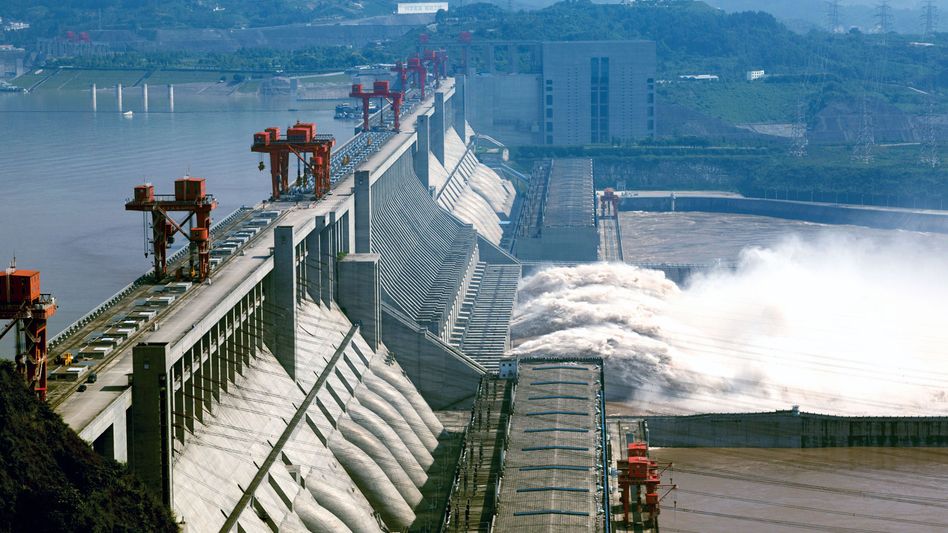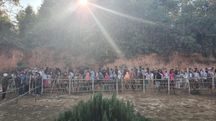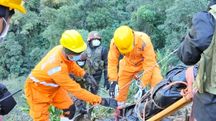Arunachal CM Khandu slams China for constructing dam on Brahmaputra
 CHINA DAM
CHINA DAMITANAGAR: Arunachal Pradesh Chief Minister Pema Khandu on Thursday slammed China on its decision to construct a dam on the Brahmaputra. CM Khandu accused China of encroaching on the right to water usage of the people downstream of the Brahmaputra by agreeing to construct a major damn just 40 km upstream from the Indian side.
Khandu further said that while Centre has been apprised of the matter, China continues to take an aggressive stand on the matter.
He pointed out that those upstream cannot violate the rights of people downstream.
Meanwhile, Khandu also reacted to the concerns over the construction of three villages on the Chinese side of the border.
India’s Ministry of External Affairs (MEA) on December 3 informed that it is monitoring China’s building of a dam over the Brahmaputra river and has taken note of media reports about the same.
According to reports, China will be building a hydropower project on the Brahmaputra river (Yarlung Zangbo river) in Tibet, and a company has put forward this proposal for formulating the 14th Five-Year Plan (2021-25).
ALSO READ: Final Assam NRC still to come out, claims coordinator Hitesh Dev Sarma
The Power Construction Corp of China, or POWERCHINA, a company involved in the making of the dam, informed that the project could serve to maintain water resources and China’s national security, Chinese official media Global Times reported.
The Brahmaputra river (Yarlung Zangbo river) has the richest water resources in Tibet, about 80 million kilowatt-hours (kWh). Whereas the 50-kilometre section of the Yarlung Zangbo Grand Canyon has 70 million kWh that could be developed with a 2,000-meter drop, which equals more than three gorges power stations in Hubei province.
The project will play an important role in realising China’s goal of reaching a carbon emissions peak before 2030 and carbon neutrality in 2060, Zhiyong said. The hydropower station could generate income of 20 billion yuan ($3 billion) annually for the Tibet Autonomous Region, he further added.
It is a project for national security, including water resources and domestic security, he said, noting that the project will also smooth cooperation with South Asia. The hydropower station could generate income of 20 billion yuan (USD three billion) annually for the Tibet Autonomous Region, he said.
India and China established Expert Level Mechanism (ELM) in 2006 to discuss various issues related to trans-border rivers.
Under existing bilateral Memorandums of Understanding, China provides hydrological information of Brahmaputra River and Sutlej River to India during the flood seasons. Under the arrangement, China provides flood season data of the Brahmaputra river between May 15 and October 15 every year.
To support our brand of fearless and investigative journalism, support us HERE.
Download:
The Inside Northeast app HERE for News, Views, and Reviews from Northeast India.
Do keep following us for news on-the-go. We deliver the Northeast
Copyright©2025 Living Media India Limited. For reprint rights: Syndications Today









